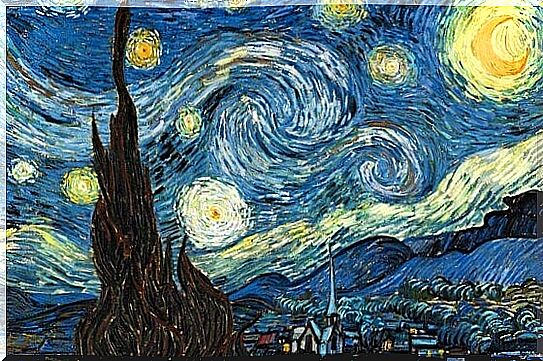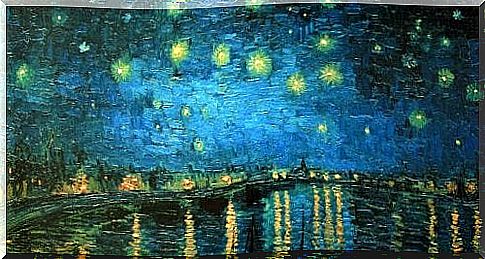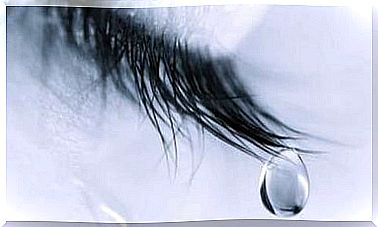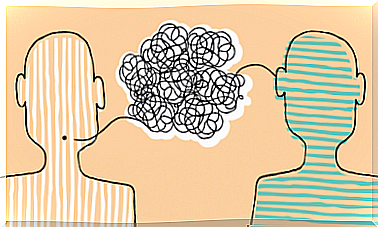Vincent Van Gogh And The Power Of Synaesthesia In Art

Vincent Van Gogh explained in his writings that for him sounds had colors and that certain colors, such as yellow or blue, were like fireworks that caressed his senses. This is why his “Sunflowers” and his “Starry Night” are still palpitating canvases endowed with life, with movement. These are all evident signs of the synaesthesia of the famous post-impressionist genius.
This finding may be new to many people. However, it has been highlighted for some time through the analysis of many of those writings that Van Gogh sent to his brother Theo or through the analysis of his paintings. The American Association of Synesthesia (ASA), for example, has demonstrated the presence of “photism” in its pictorial style, or rather, of a type of sensory responses experienced by those who present with chromaesthesia.
Chromesthesia is an experience of the senses with which the person associates sounds and colors. Higher tones, for example, result in the perception of deeper, more vivid and brighter colors. In turn, color can also induce auditory or musical sensations. This is what happened to Franz Liszt while composing and it was also what Van Gogh experienced, this genius halfway between madness and manic-depressive syndrome, who left this world without being aware of what was happening, nor of the importance. that his works would have had in art.

Vincent Van Gogh and the world of colors
In 1881, Vincent Van Gogh wrote a letter to his brother. In the letter he explained to him that each painter had his favorite palette and that these favorite shades were the means by which the artist could cross the darkness of his heart to find the light. In turn, he also claimed that some painters had the majestic quality of using their hands with the virtuosity of a violinist and that certain works were pure music.
A few years later, in 1885 to be exact, Van Gogh decided to study piano. However, that experience did not last long and ended in the worst possible way. Shortly after starting the lessons, the artist declared that the experience of playing was strange: each note evoked a color. His teacher, alarmed by such statements, decided to kick him out of the center, and explained his decision simply by stating that “he was crazy”.
This fact can only make us smile. Because, of all the pathologies from which Vincent Van Gogh suffered, that of experiencing chromatic sensations in front of musical stimuli undoubtedly proved to be his greatest gift, a nuance that perhaps gave his art an exceptional expressiveness and richness. little known sensory until then. His vigorous brushstrokes, for example, gave movement to every detail, and this is how yellow allowed him to experience the sound of joy, the jingle of that hope that in some moments Van Gogh missed so much.
Furthermore, fellow painters often criticized his use of colors, claiming that it had nothing to do with reality. However, this was secondary to Van Gogh. It didn’t matter . According to him, colors were the expression and the search for certain emotions and sensations.









